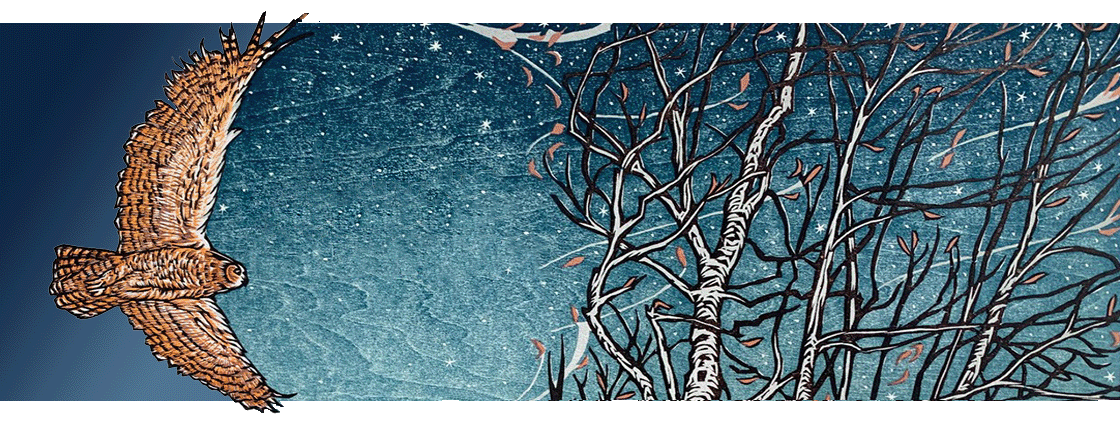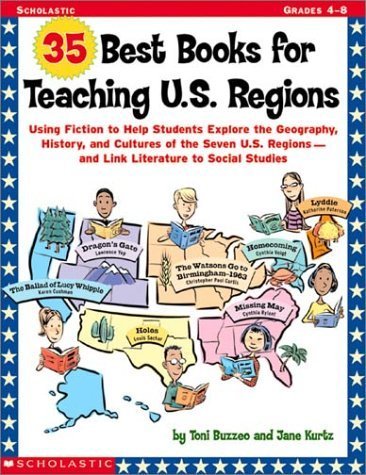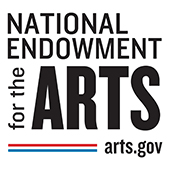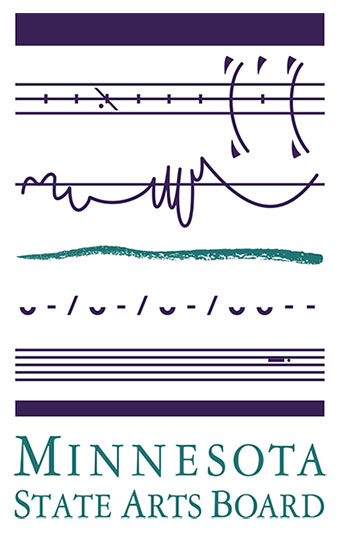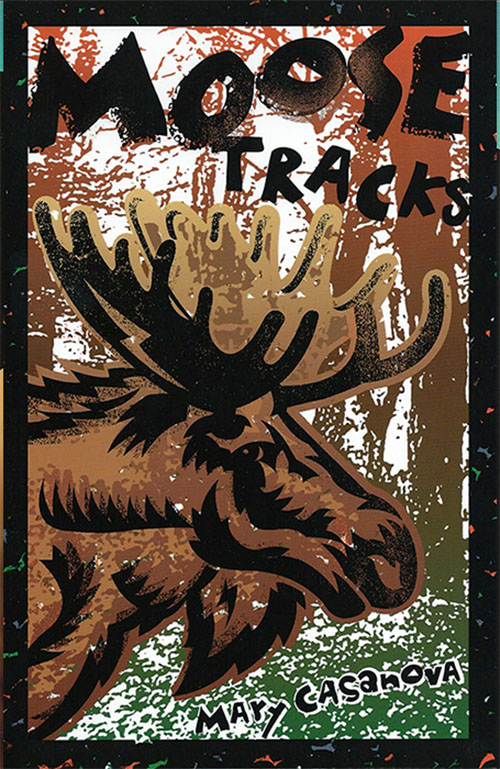
Moose Tracks
Reissued by the University of Minnesota Press, 2013
Paperback: 978 – 0816690190
128 pages
Autographed copies of Moose Tracks are available from Mary’s online store.
Moose Tracks
written by Mary Casanova
cover art by Kam Mack
“The younger man reached down and picked Seth up by his jacket shoulders. Then he whispered, “Do you like your family?”
“Yes, ? Seth croaked.
“Then keep this to yourself, or somebody might get hurt.”
Seth’s stepfather, a game warden, had told him about a gang of poachers, but Seth never expected to meet up with them in the woods near his house. After Seth witnesses them slaughter a moose cow, he is desperate to save her calf.
It was just days before that Seth had attempted to prove to his stepdad, and to himself, that he was responsible enough to use his shotgun on his own. But now Seth is afraid of what his dad will say when he inds out that Seth killed a rabbit. And even if Seth lives to confess, the poachers know who he is and are threatening his family.
Reviews & Comments
“A quick-moving adventure that, without preachiness, shows the importance of knowledgeable gun use and respect for wildlife.”
—Kirkus Reviews
“Casanova’s description of the frigid, northern Minnesota landscape is so chillingly vivid a cup of hot chocolate may be in order.”
—Booklist
“A fast-paced adventure story, frequently helped along by Casanova’s precise and evocative descriptions. Seth is a winning character.”
—School Library Journal
Awards
- Children’s Book-of-the-Month Club selection
- Flicker Tale Children’s Book Award Master List, (North Dakota), 1997
- Iowa Children’s Choice Master List, 1998
- Northeastern Minnesota Book Award nominee, 1996
- Indian Paintbrush Book Award Master List (Wyoming), 1998
- South Carolina Book Award Master List, 1998 – 99
- Maud Hart Lovelace Book Award Master List (Minnesota), 1998 – 99
- Kentucky “Bluegrass? Master List, l996
Curriculum Information
Three pages of activity and discussion questions focused on Mary Casanova’s Moose Tracks are found in Jane Kurtz’s and Toni Buzzeo’s 35 Best Books for Teaching U.S. Regions (Scholastic Teaching Resources, 2002; paperback: 978 – 0439207638).
Moose Tracks is featured on pages 58 – 60.
Note from Mary
Moose Tracks is a story that came from my love of the northwoods. The earliest inspiration came from my Grandpa Eric, an old railroad man in northern Minnesota, who used to tell me stories about moose. Often, especially during the fall, when a train would chug down the tracks, a bull moose would charge the train and sadly, get killed. Once, when my grandfather was hunting, a bull moose held him captive in a tree for a long time on a cold, winter day.
And we’ve had our own moose encounters, too! One time, when my husband had our team of sled dogs out on the trail for an early morning run, he heard a crashing sound through the woods ahead. Suddenly, a moose cow and her year old calf sprang from the woods and bolted across the snowmobile trail. It was our dogs’ first encounter with moose, and they were curious, ready to follow the moose through the woods. My husband was relieved that the moose hadn’t stopped to notice the dogs or they might have thought they were wolves and used their front hooves in defense.
At their withers (that high bump on their back), some moose stand 7 feet tall! They’re immense, especially when you see one in the wild! The moose, to me, symbolizes rugged wildness and independence.
Stories are woven from many threads. When I wrote Moose Tracks, I was thinking about the problem of increased poaching (illegal hunting). I’d read about some unusual arrests here on the Minnesota-Canadian border where men were coming across the border were large numbers of bear parts. Bear gall bladders, in particular. When I researched this further, I learned that there was a large Asian black-market for these bear parts. By writing about poaching, and this issue in particular, I felt I might be able to increase awareness of the problem and make a small difference.Moose Tracks is a story that came from my love of the northwoods. The earliest inspiration came from my Grandpa Eric, an old railroad man in northern Minnesota, who used to tell me stories about moose. Often, especially during the fall, when a train would chug down the tracks, a bull moose would charge the train and sadly, get killed. Once, when my grandfather was hunting, a bull moose held him captive in a tree for a long time on a cold, winter day.
And we’ve had our own moose encounters, too! One time, when my husband had our team of sled dogs out on the trail for an early morning run, he heard a crashing sound through the woods ahead. Suddenly, a moose cow and her year old calf sprang from the woods and bolted across the snowmobile trail. It was our dogs’ first encounter with moose, and they were curious, ready to follow the moose through the woods. My husband was relieved that the moose hadn’t stopped to notice the dogs or they might have thought they were wolves and used their front hooves in defense.
At their withers (that high bump on their back), some moose stand 7 feet tall! They’re immense, especially when you see one in the wild! The moose, to me, symbolizes rugged wildness and independence.
Stories are woven from many threads. When I wrote Moose Tracks, I was thinking about the problem of increased poaching (illegal hunting). I’d read about some unusual arrests here on the Minnesota-Canadian border where men were coming across the border were large numbers of bear parts. Bear gall bladders, in particular. When I researched this further, I learned that there was a large Asian black-market for these bear parts. By writing about poaching, and this issue in particular, I felt I might be able to increase awareness of the problem and make a small difference.
